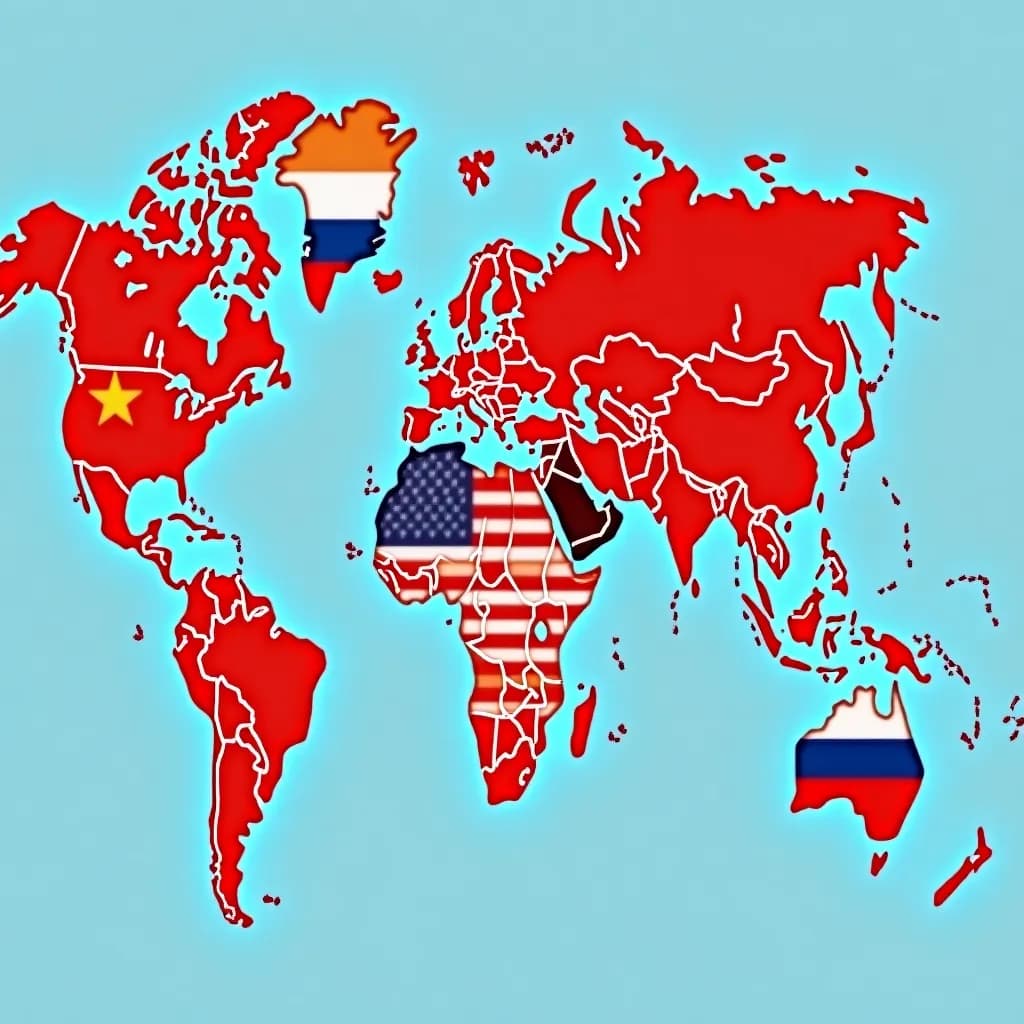Exclusive Interview: Understanding the Dynamics of Modern Political Campaigns
In the ever-evolving landscape of political campaigns, strategies and technologies are constantly shifting. To shed light on these changes, we sat down with Dr. Emily Harper, a renowned political strategist and professor of political science, to discuss the current and future state of political campaigning.
The Evolution of Campaign Strategies
Dr. Harper begins by highlighting the dramatic shift in campaign strategies over the past decade. "Campaigns have moved from traditional grassroots efforts to highly digital operations," she notes. The infusion of technology into politics has not only changed how candidates reach voters but also how they engage and mobilize them.
According to recent data from the Pew Research Center, over 70% of political campaign budgets are now allocated to digital advertising. This digital pivot allows campaigns to target specific demographics with tailored messages, leveraging data analytics to maximize impact.
The Role of Social Media
"Social media has become a double-edged sword," Dr. Harper explains. On one hand, it provides a direct line of communication between candidates and their constituents. On the other, it opens the door for misinformation and polarization. "The key is finding a balance," she emphasizes.
The 2020 U.S. presidential election set a new precedent, with Facebook and Twitter being primary platforms for political discourse. A study from the University of Southern California found that social media engagement was a significant predictor of voter turnout, underscoring its importance in modern campaigns.
Grassroots Movements and Their Impact
Despite the digital focus, grassroots movements remain a cornerstone of political campaigns. Dr. Harper points out that authentic personal connections are still invaluable. "People vote for candidates they feel understand their daily struggles," she asserts.
Grassroots efforts have seen a resurgence, especially among younger voters. A report by the Center for Information & Research on Civic Learning and Engagement (CIRCLE) highlighted that youth-led movements increased voter registration by 11% in key battleground states during the 2022 midterms.
Challenges Facing Modern Campaigns
Modern political campaigns face several challenges, from navigating misinformation to addressing voter apathy. Dr. Harper stresses the importance of transparency and authenticity. "Candidates must be transparent about their policies and visions," she advises. "Voters are more informed and demand authenticity."
Furthermore, the issue of campaign finance remains a contentious topic. The Federal Election Commission reports that campaign spending reached an all-time high of $14.4 billion in the 2020 election cycle, raising questions about the influence of money in politics.
The Future of Political Campaigns
Looking ahead, Dr. Harper is optimistic about the future of political campaigns. She predicts an increased reliance on artificial intelligence and machine learning to further refine campaign strategies. "AI can help analyze voter behavior and predict trends, allowing for more personalized voter engagement," she states.
Moreover, she anticipates a greater emphasis on sustainability and inclusivity. "As societal values evolve, campaigns must adapt to reflect the diverse and dynamic electorate," she concludes.
Conclusion
Dr. Harper's insights provide a comprehensive overview of the current state and future of political campaigns. As technology continues to advance and societal values shift, campaigns must evolve to remain effective and relevant. By embracing innovation and authenticity, political campaigns can better connect with and engage voters, ensuring a vibrant and responsive democratic process.
For more insights from political experts, stay tuned to our blog.










